Research: Much of the research on sloth bears is actually research on people affected by sloth bears, namely questionnaire surveys about interactions between people and bears, and attitudes towards bears. This research has been directed at alleviating attacks on people by recommending behavioral changes. Extensive research has also been conducted on sloth bear diets, through examination of scats. Sloth bear scats are easy to identify and last a relatively long time during dry seasons. In a few cases, genetic material in scats has been used to examine movements of bears across fragmented landscapes. Sign (scats, diggings, and tracks) or camera trap photos have been used to assess sloth bear presence in different habitats, and several recent studies have employed an occupancy design to ascertain important habitat variables and thereby mapped suitable habitats within landscapes. Only a few older studies have employed radio-telemetry. Virtually all studies have shown that availability of termites directly dictates where these bears live, both on a broad scale (i.e., imposes geographic range limits) and on a finer scale (affecting which habitats they use). No studies have monitored changes in population size or geographic range through time.
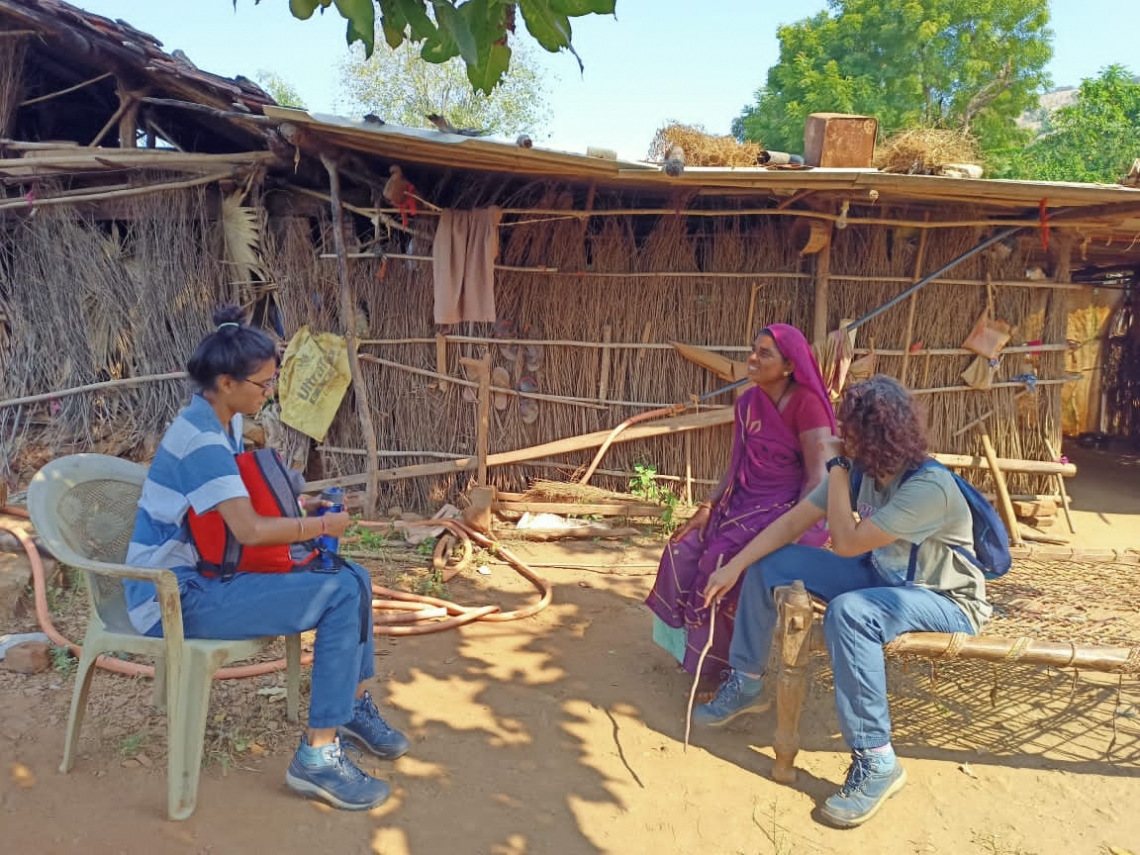
Sloth bear_M ursinus_Gujarat India_interview survey_N Dharaiya
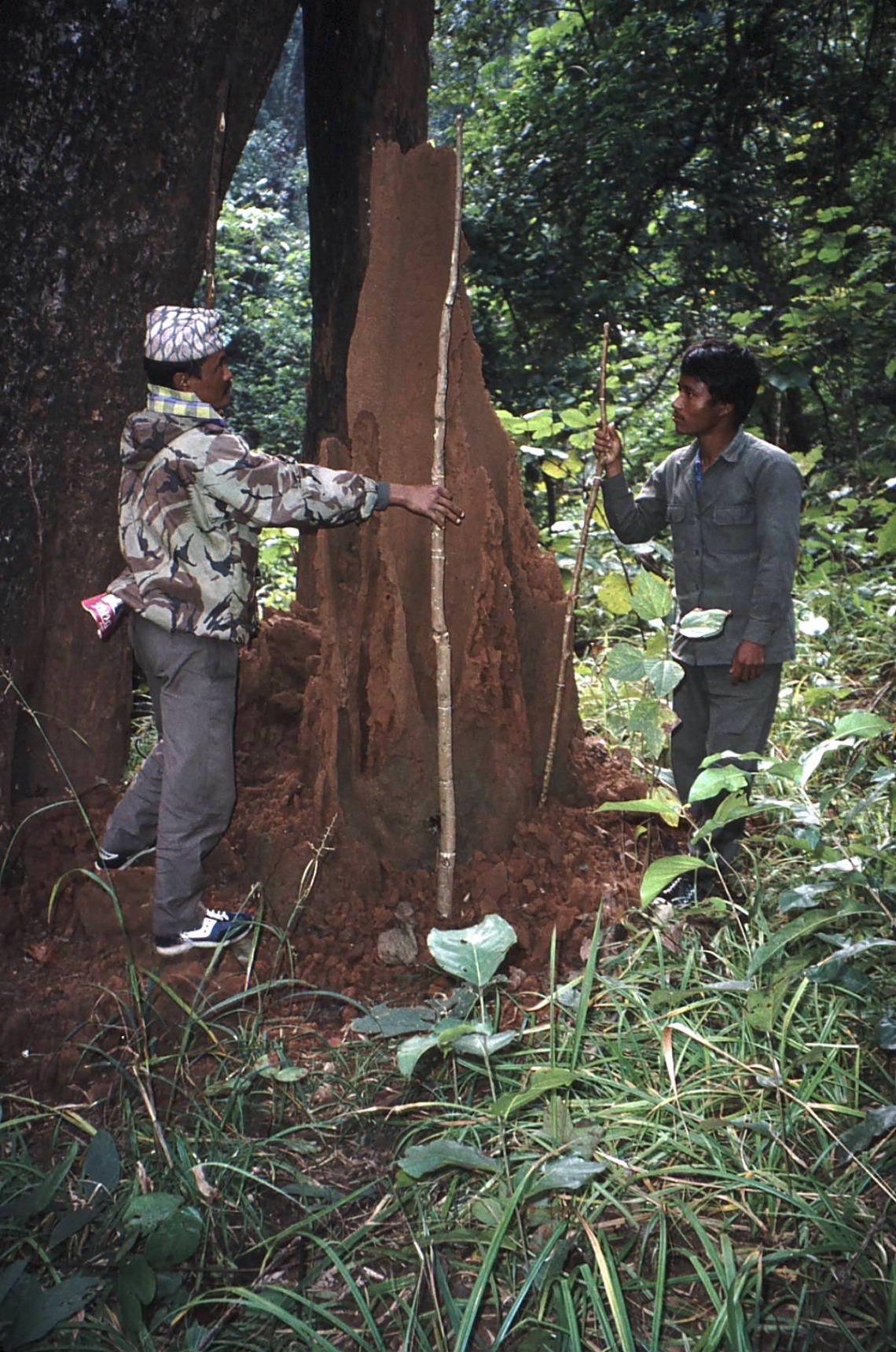
Sloth bear_M ursinus_Chitwan Nepal_measuring termite mound_D Garshelis
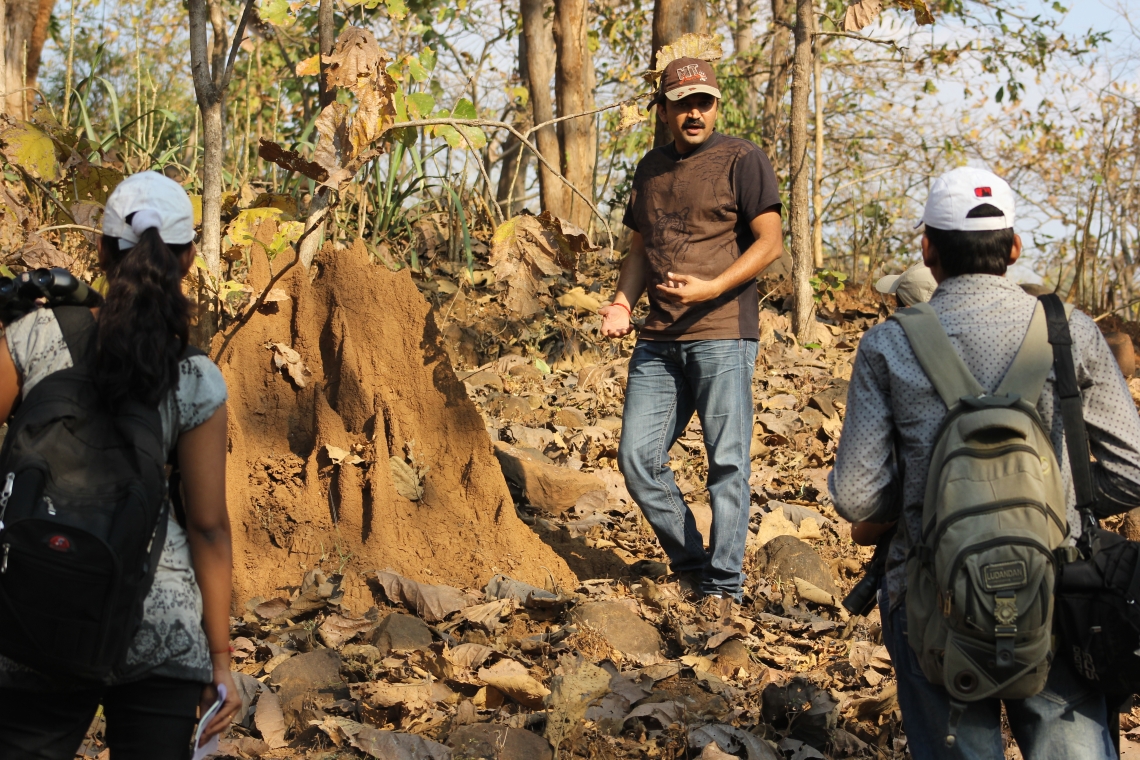
Sloth bear_M ursinus_Gujarat India_sign survey_Haresh P
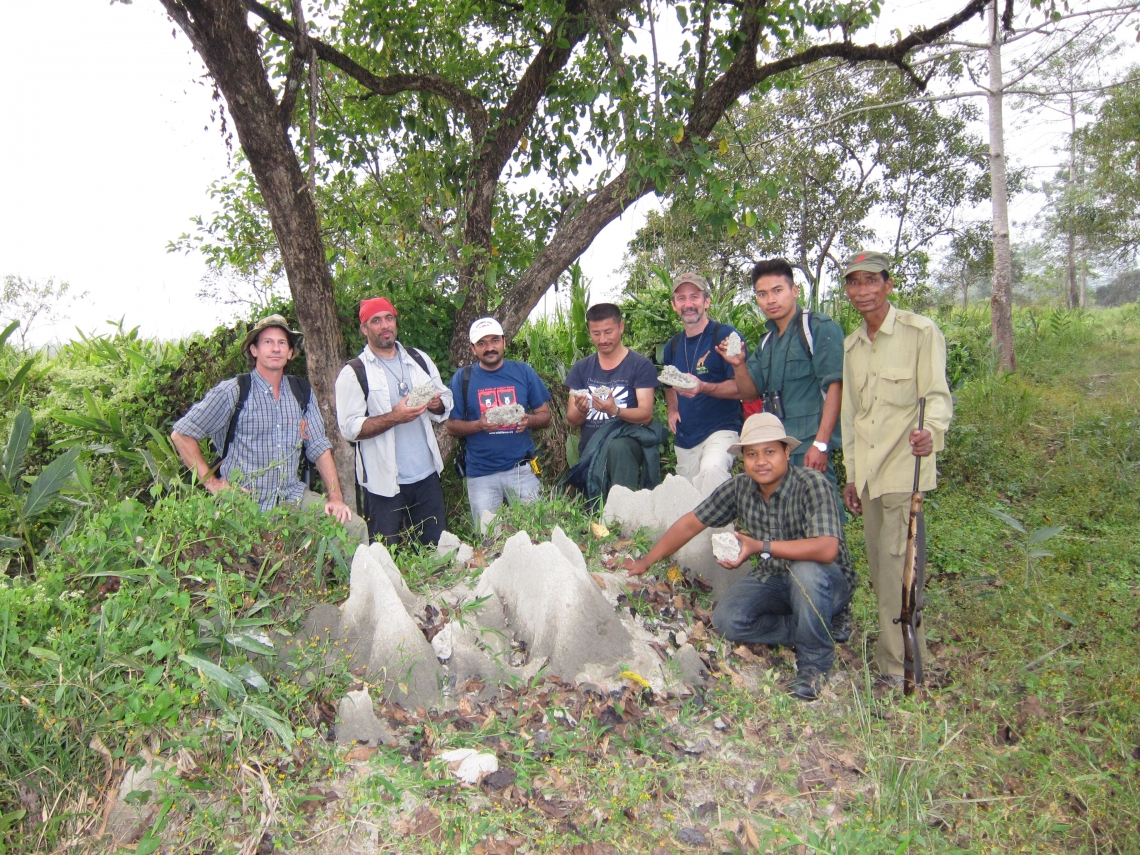
Sloth bear_M ursinus_Manas NP India_finding distinctive sign destroyed termite mound_D Garshelis
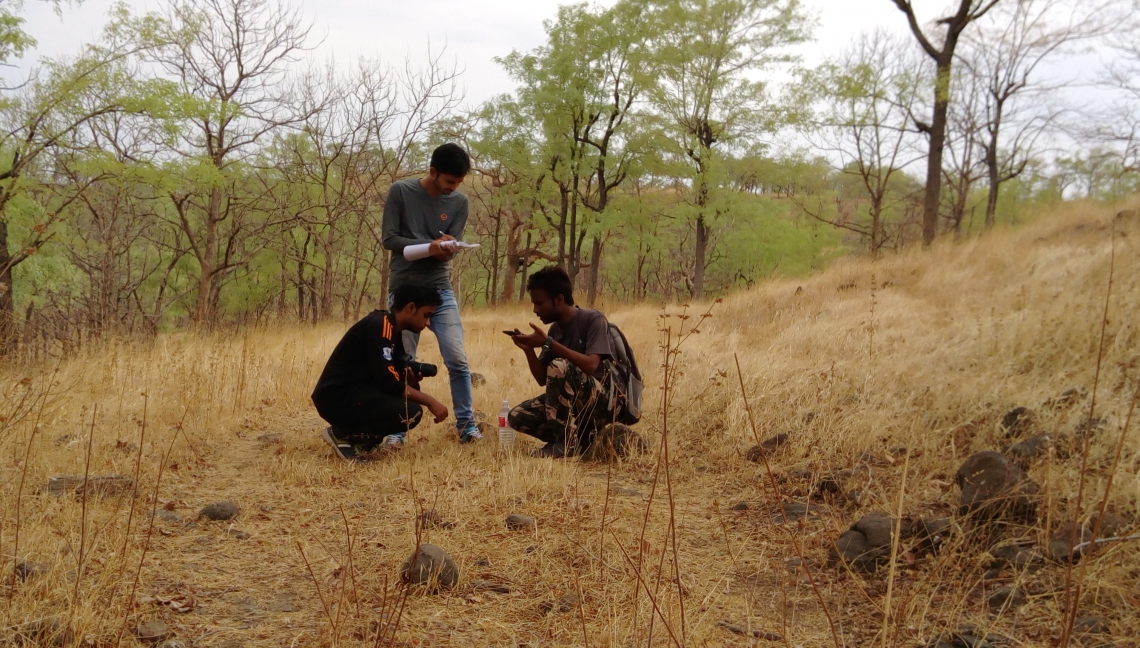
Sloth bear_M ursinus_Maharashtra India_scat collection_Nisha Singh
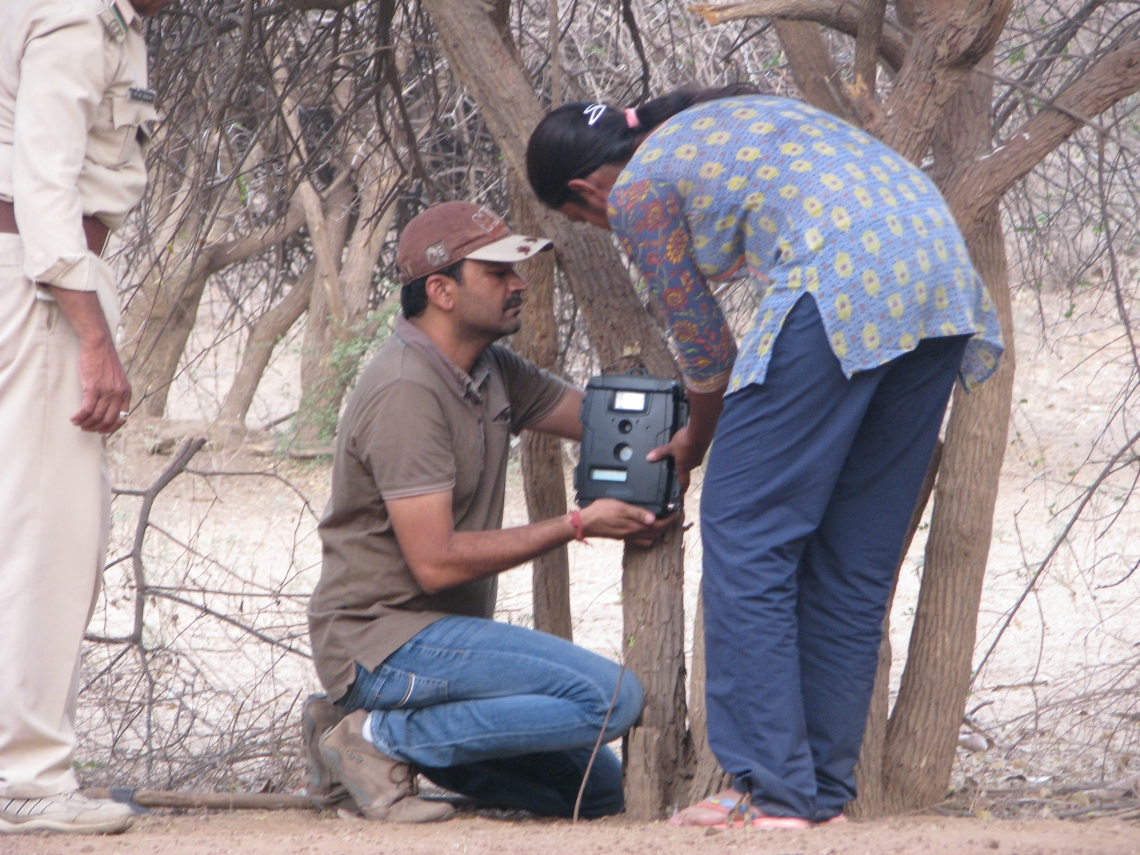
Sloth bear_M Ursinus_Gujarat India_camera trap survey_Artie C
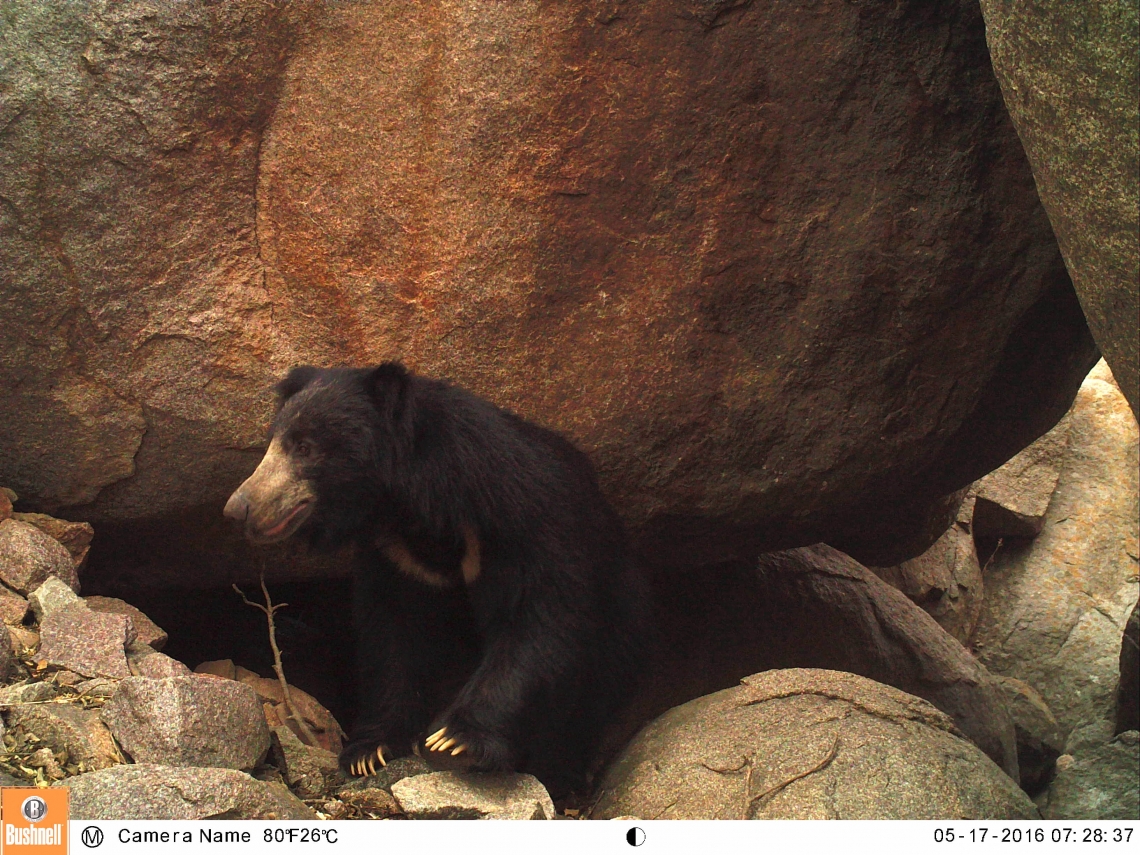
Sloth bear_M ursinus_Karnataka India_camera trap bear emerging from a den_Wildlife SOS
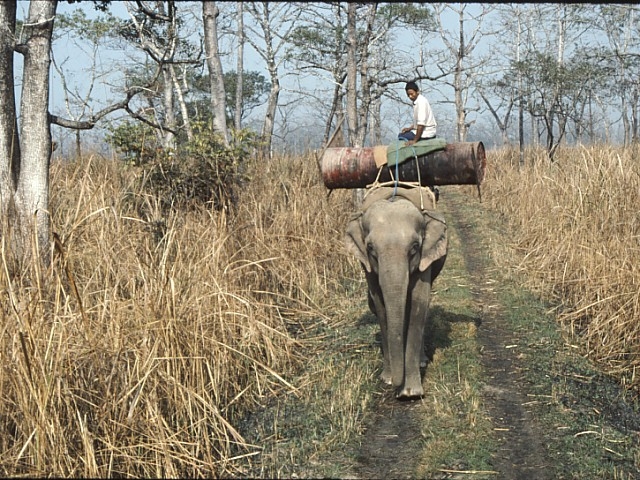
Sloth bear_M ursinus_Chitwan Nepal_transporting barrel trap for radiocollaring_D Garshelis

Sloth bear_M ursinus_Chitwan Nepal_fitting radiocollar first telemetry study_D Garshelis
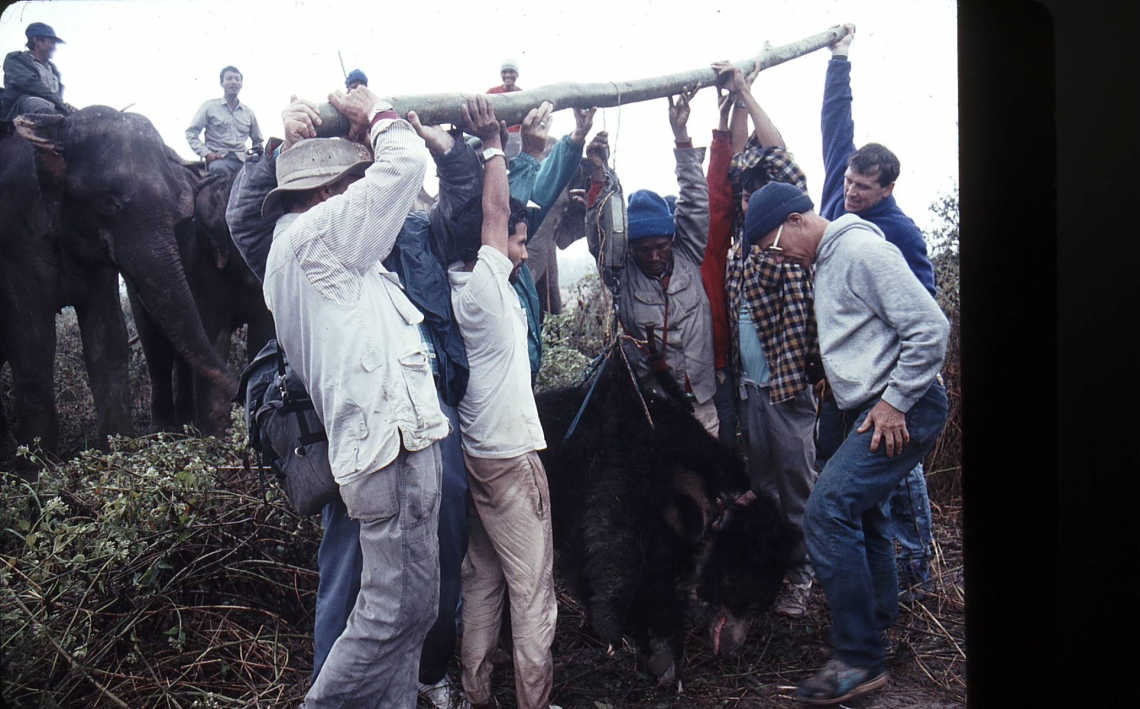
Sloth bear_M ursinus_Chitwan Nepal_weighing radiocollared bear_D Garshelis
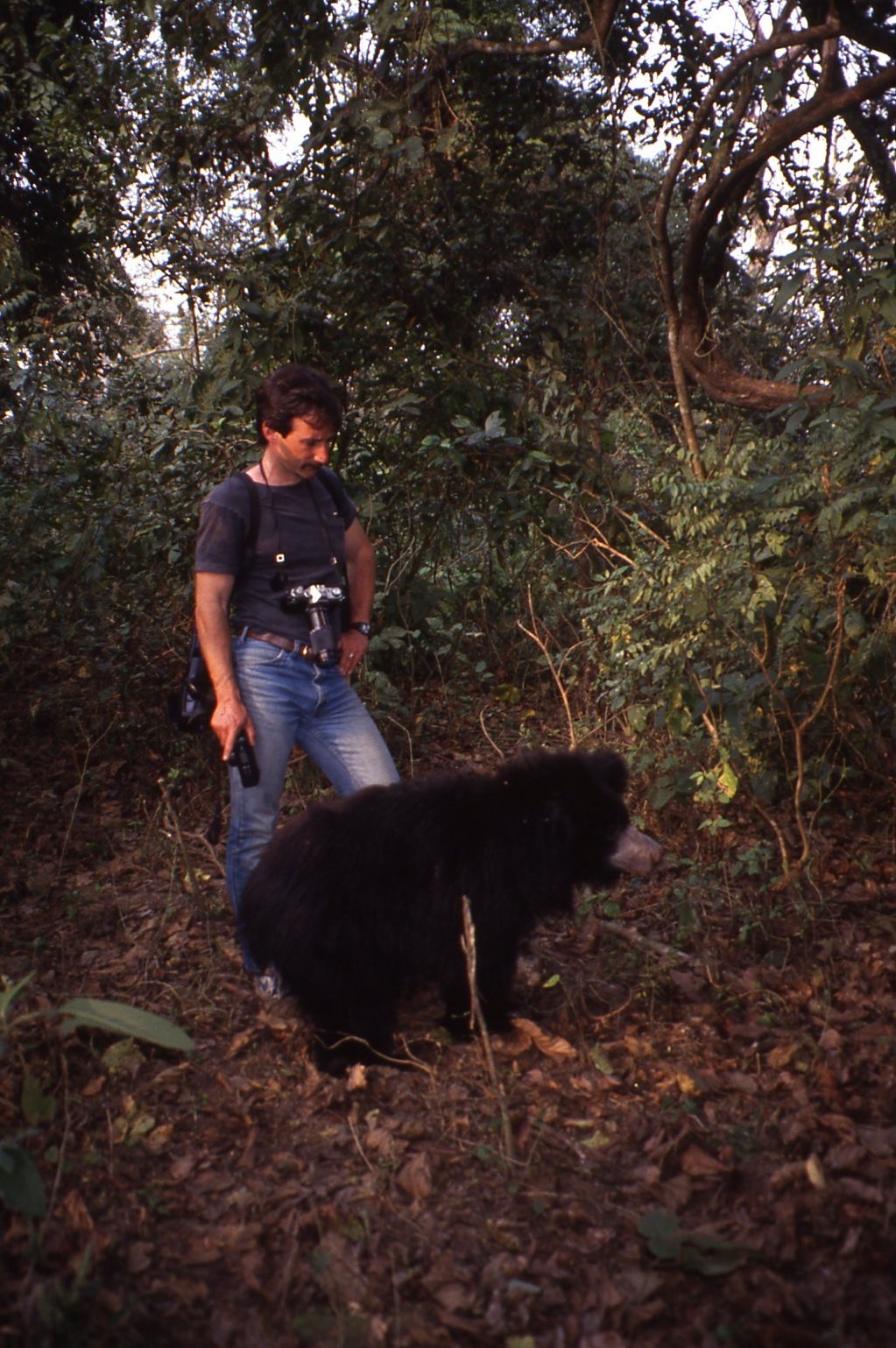
Sloth bear_M ursinus_Chitwan Nepal_ observing previously orphaned cub released to wild_D Garshelis
Conservation actions: Sloth bears are listed as a Schedule I species under the Indian Wildlife Protection Act (1972), with the highest level of protection by the Indian Government. The principal conservation measure for this species is the protection afforded by the network of protected areas (PAs), where conservation is focused mainly on tigers, although a few of these have featured sloth bears as the focal species. Sloth bears are reported to exist in 174 PAs in India, where there is reasonable protection from killing and from habitat deterioration. Controlled burning of grasslands in some PAs (e.g., Chitwan National Park, Nepal; Kaziranga and Manas NP, Assam, India) has helped to maintain them as good habitat for sloth bears (conversely, lack of burning of grasslands in Royal Manas NP, Bhutan, has allowed encroachment of brush and trees, and reduced availability of termites). Half to two-thirds of sloth bears live outside PAs where there is little conservation of wildlife or habitat, and where local people, fearing this species, have little support for conserving it.
Some recent conservation efforts have attempted to ameliorate human–bear conflicts, primarily through increasing public awareness and teaching people how to avoid sloth bear encounters during their normal day-to-day activities. Increased human tolerance for this species is key, so if attacks can be reduced, and fear lessened, coexistence will improve.
In 2022, Wildlife SOS and the Wildlife & Conservation Biology Research Foundation (two Indian non-governmental organizations focused largely on sloth bears) joined with governmental organizations in India and the BSG’s Sloth Bear Expert Team to initiate the first “World Sloth Bear Day”. This event, to be held annually on October 12, is designed to draw attention to threats and conservation strategies directed at this neglected species.

Sloth bear_M ursinus_Jessore Sloth Bear Sanctuary Gujarat India_N Dharaiya
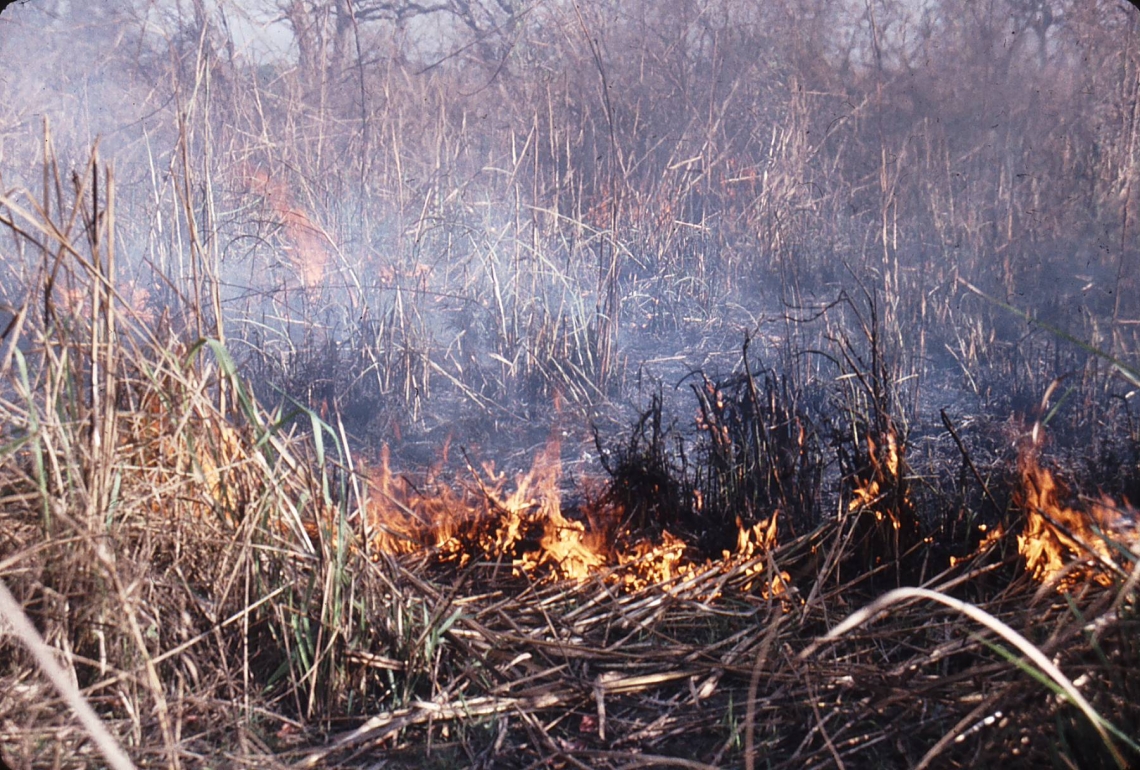
Sloth bear_M ursinus_Chitwan Nepal_seasonal burning maintains grassland habitat_D Garshelis
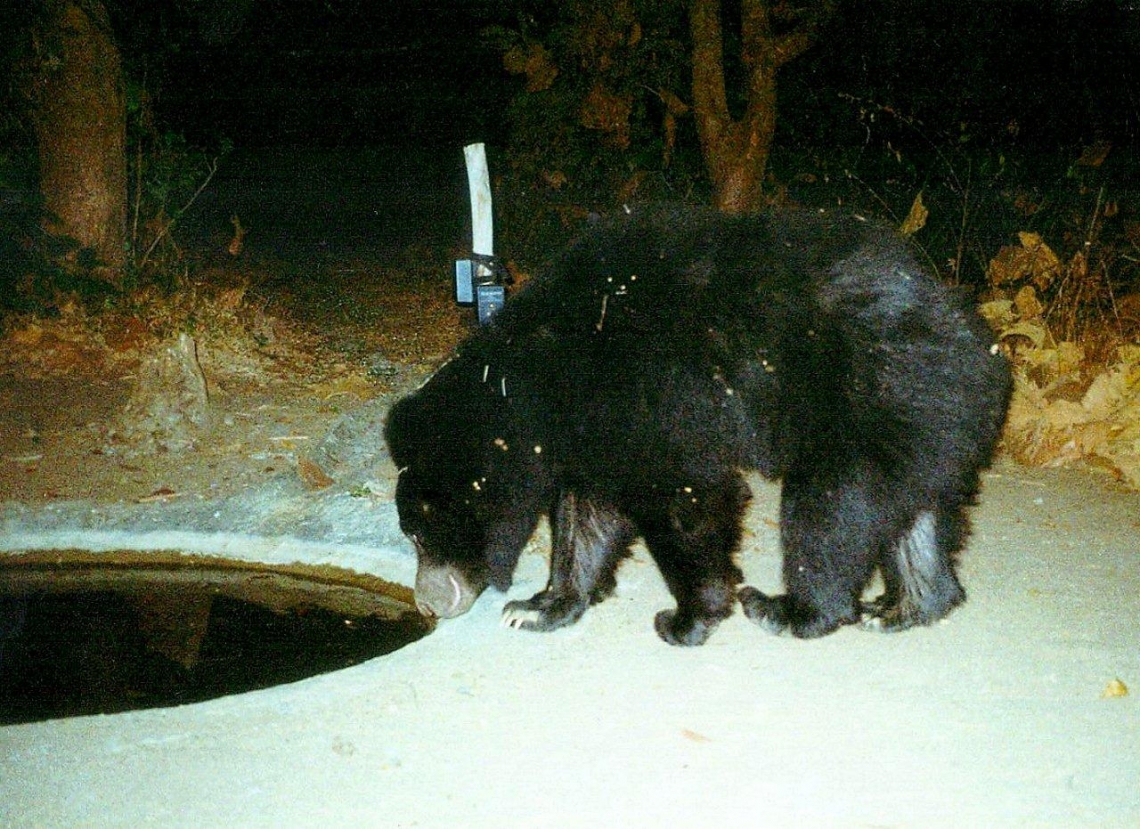
Sloth Bear_M ursinus_Gujarat India_camera trap bear at artificial water hole_WCB Research Foundation
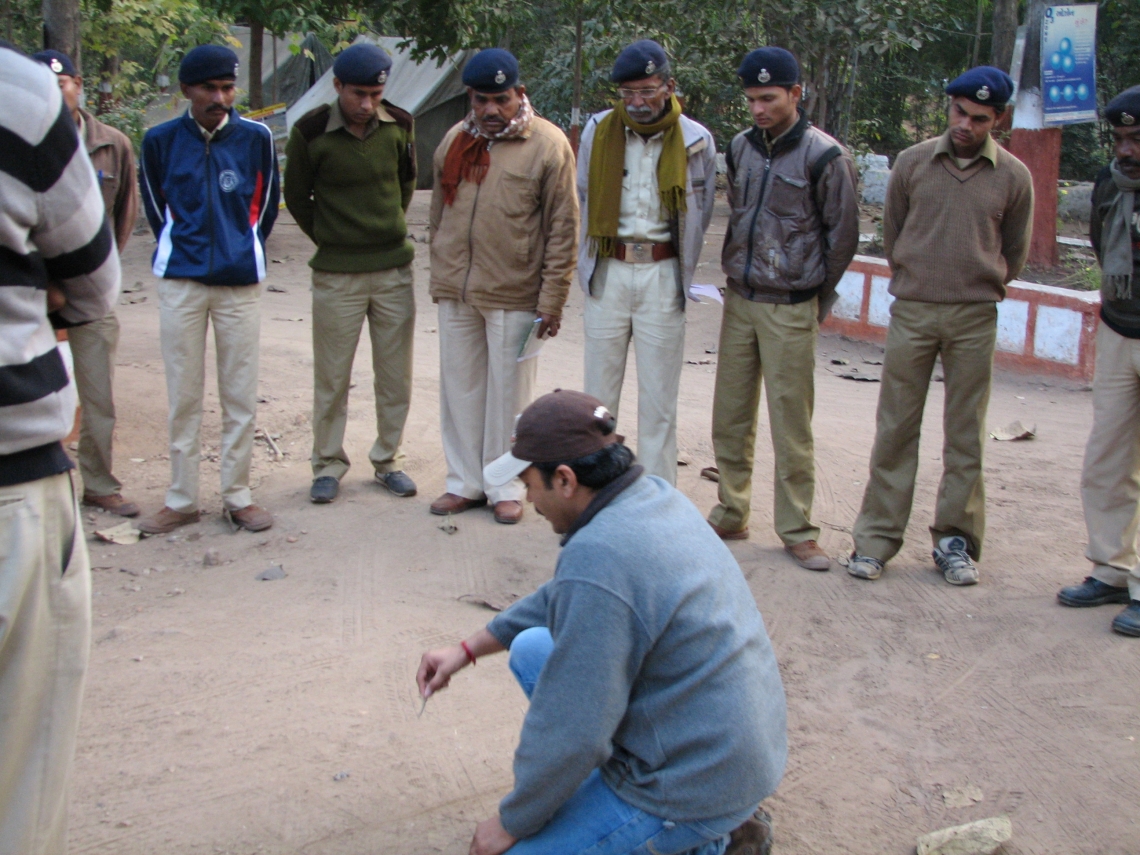
Sloth bear_M ursinus_Gujarat India_forest staff training_Pratik Desai

Sloth bear_M ursinus_Gujarat India_children awareness program_Pratik Desai

Sloth bear_M ursinus_Gujarat India_bear education material_N Dharaiya
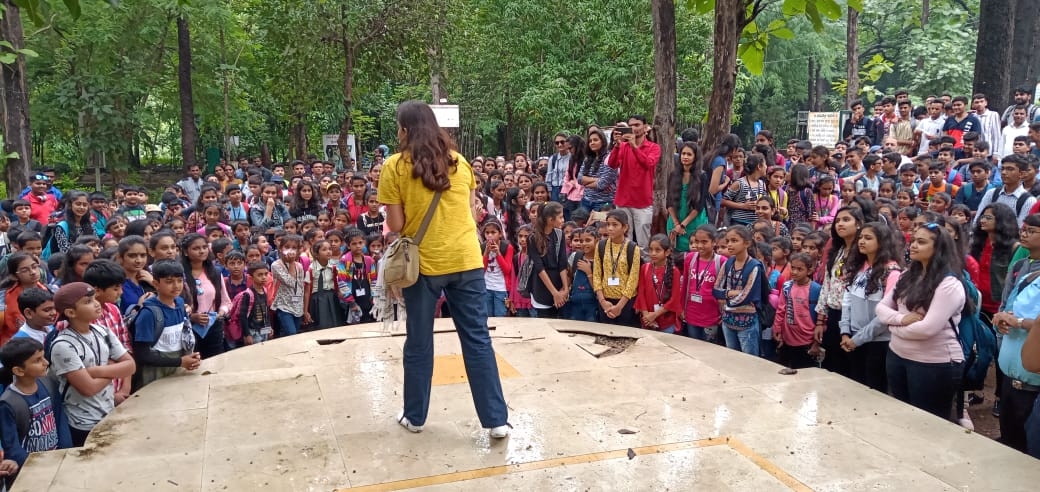
Sloth bear_M ursinus_Gujarat India_community outreach_Sachin D
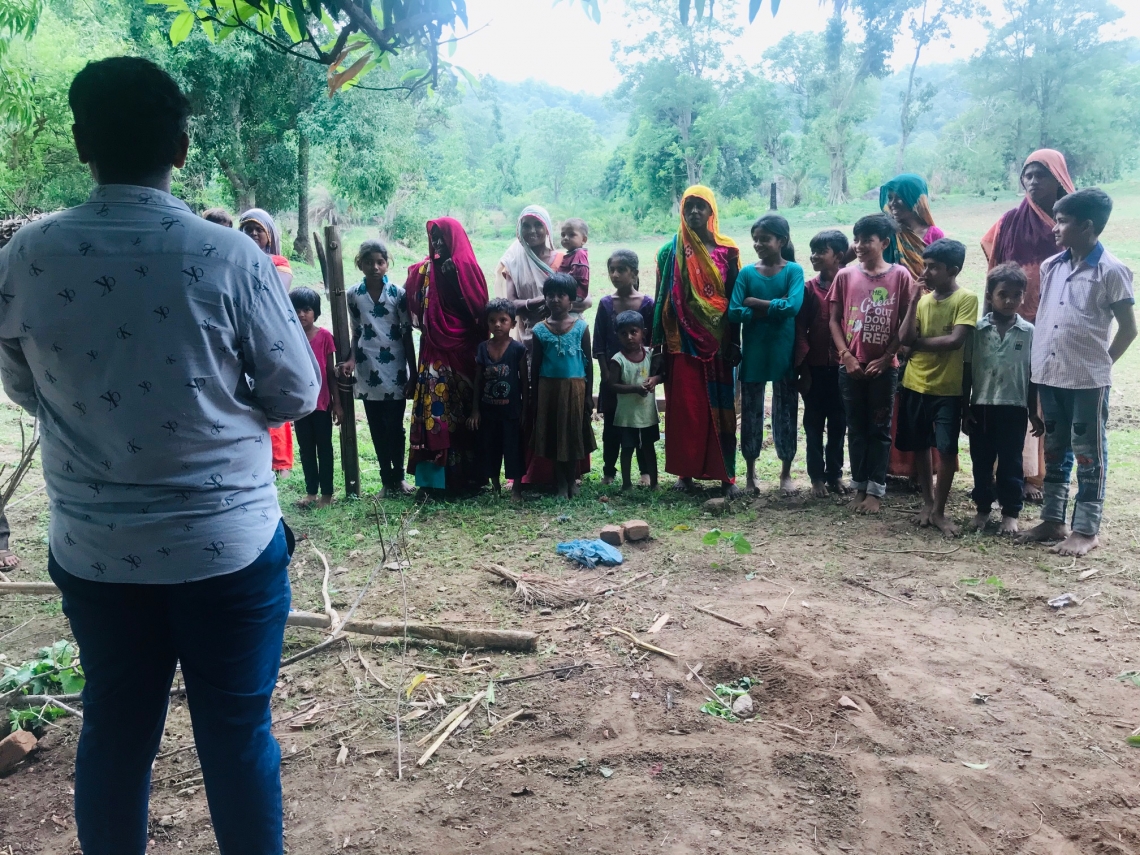
Sloth bear_M ursinus_Gujarat India_community awareness program_Shalu Mesaria
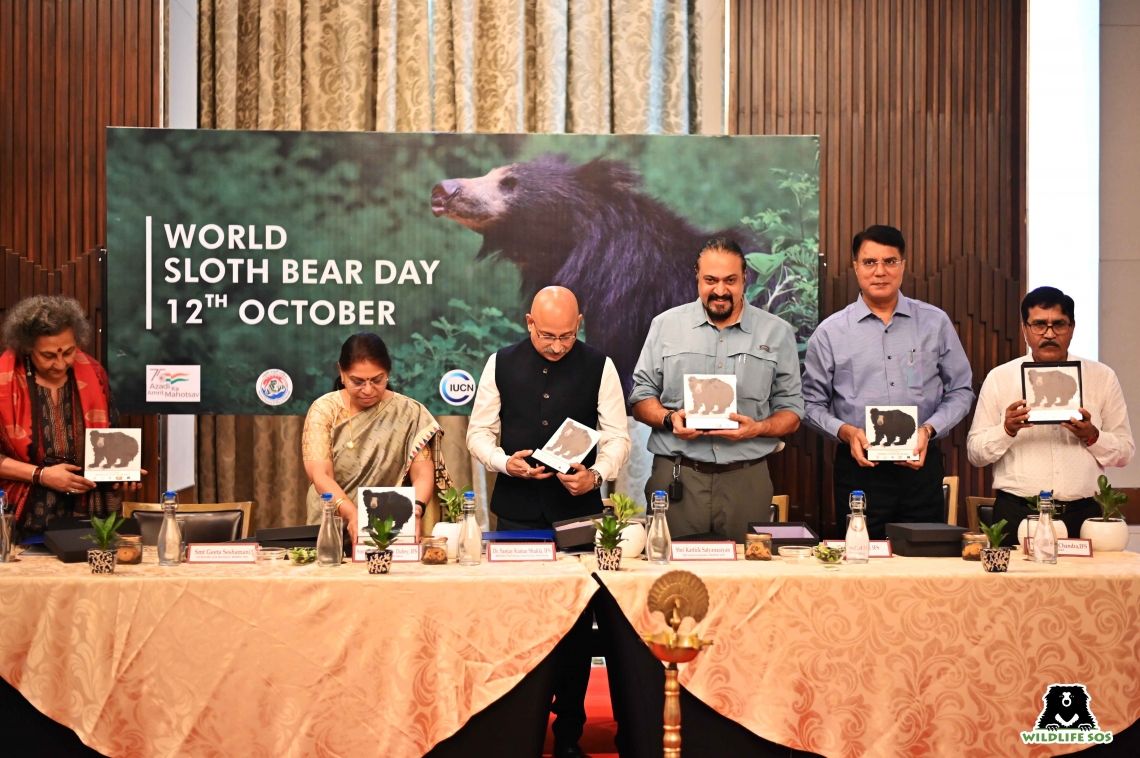
Sloth bear_M ursinus_Agra India_World Sloth Day inauguration Oct 12, 2022_Wildlife SOS